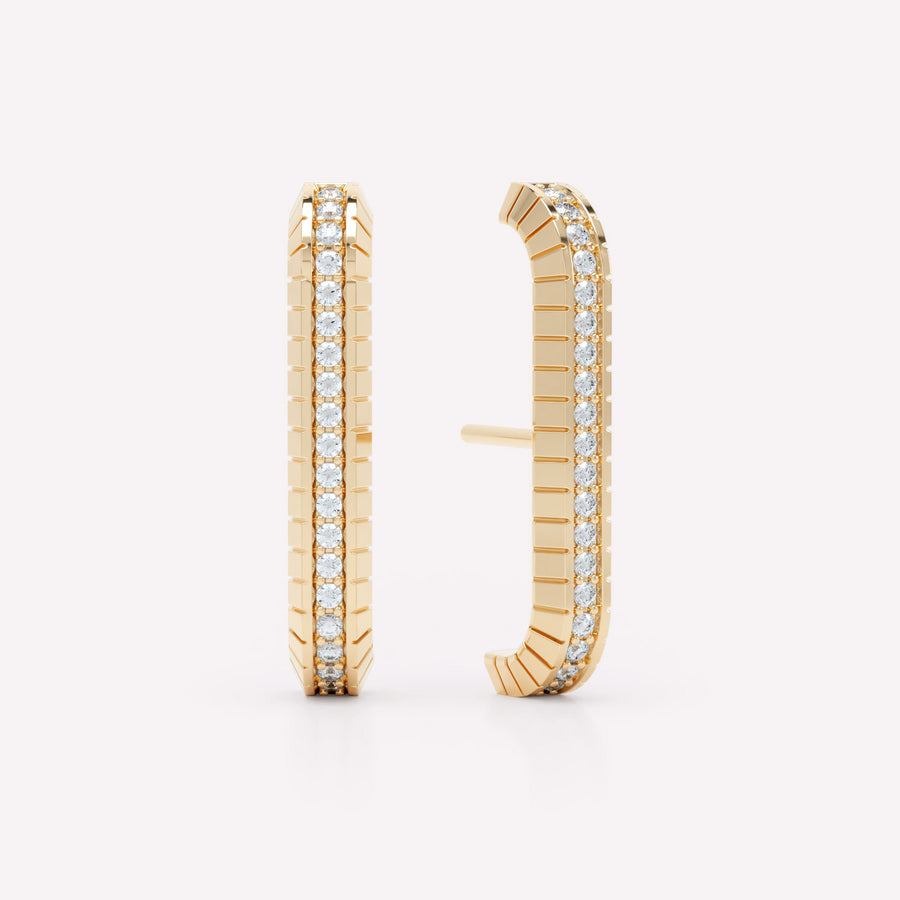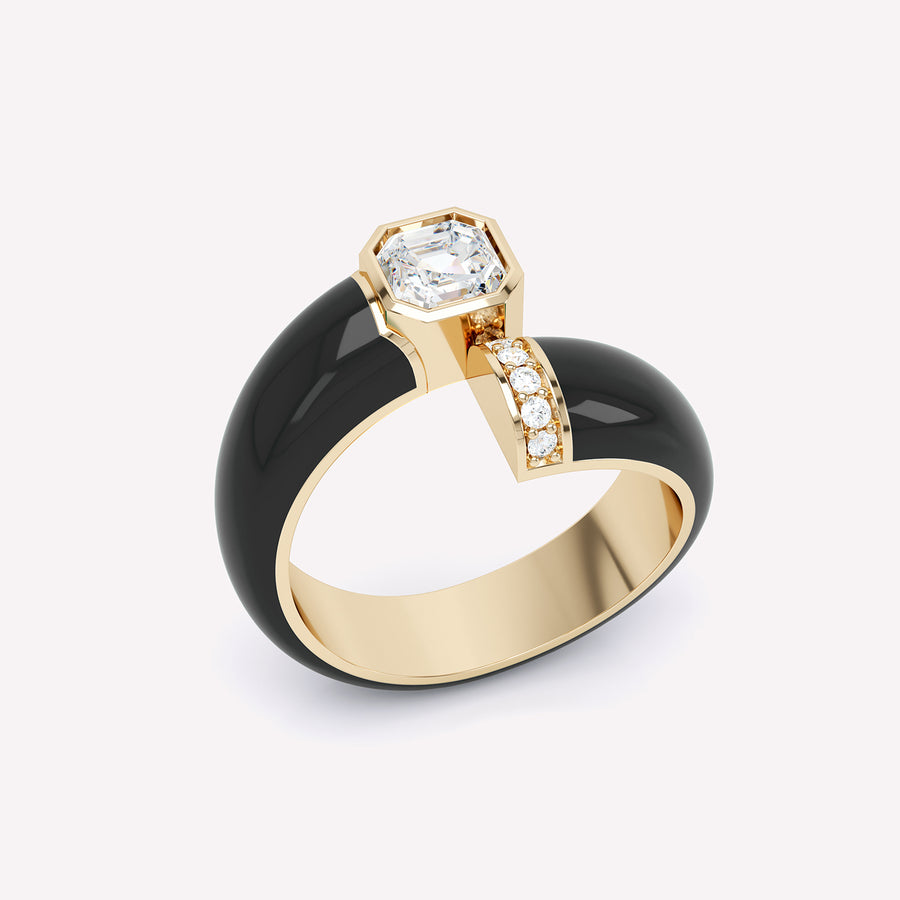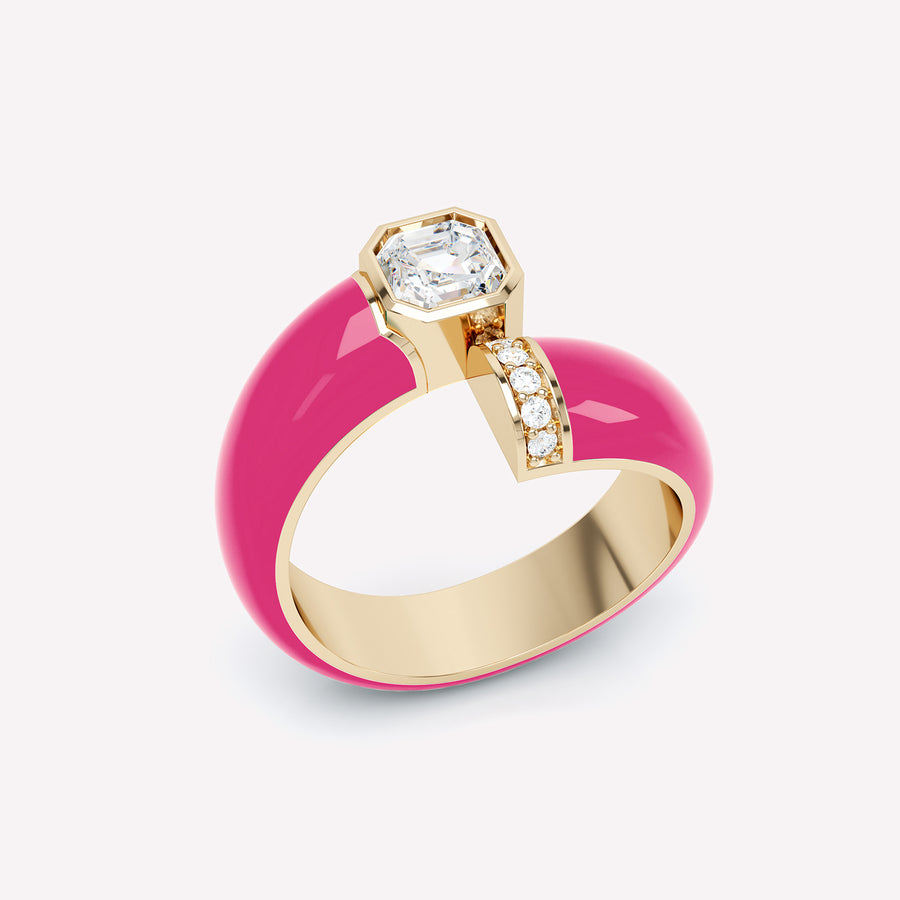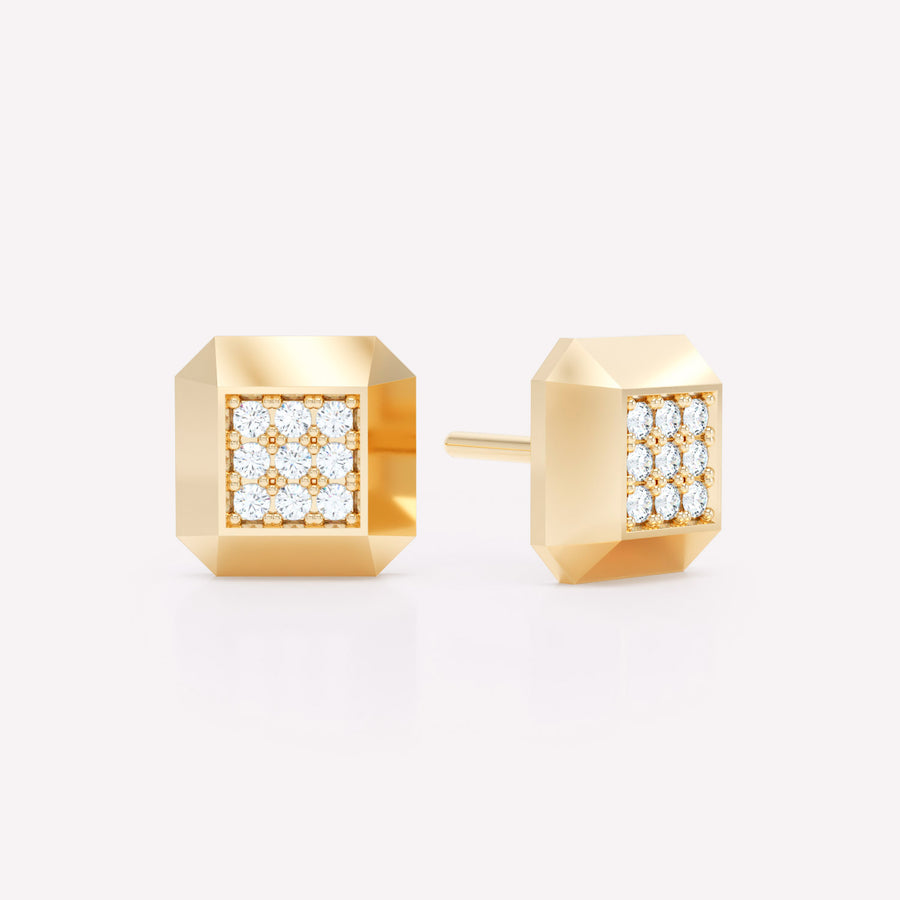What is the difference between a lab grown and a mined diamond?
Lab grown diamonds are real diamonds. They are the same
material as naturally grown diamonds and have identical chemical, physical and optical properties, including hardness,
sparkle, and fire. They can possess inclusions just as mined diamonds and should be purchased with the same care and attention to detail – the only difference is where the diamond
comes from.
Industrial exploration and extraction of naturally occurring diamonds requires large-scale mining operations in often remote locations with specific geology, where large amounts of rock must be processed to yield tiny amounts of diamond. Laboratory processes, on the other hand, can be conducted comparatively hazard-free anywhere in the world but do require significant amounts of electricity. The source of the electricity used is therefore a key component in assessing the environmental impact of growing diamonds in a lab.








